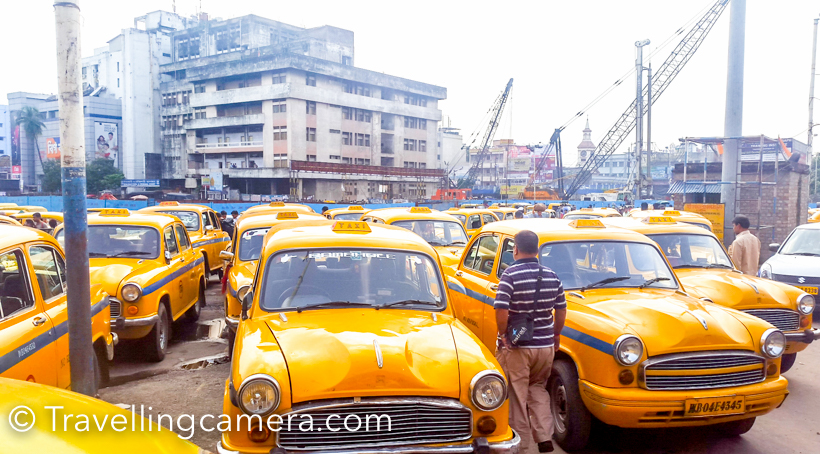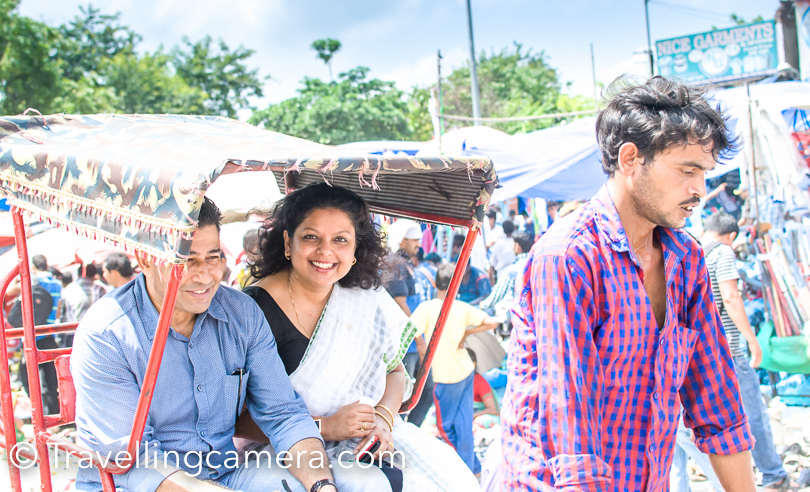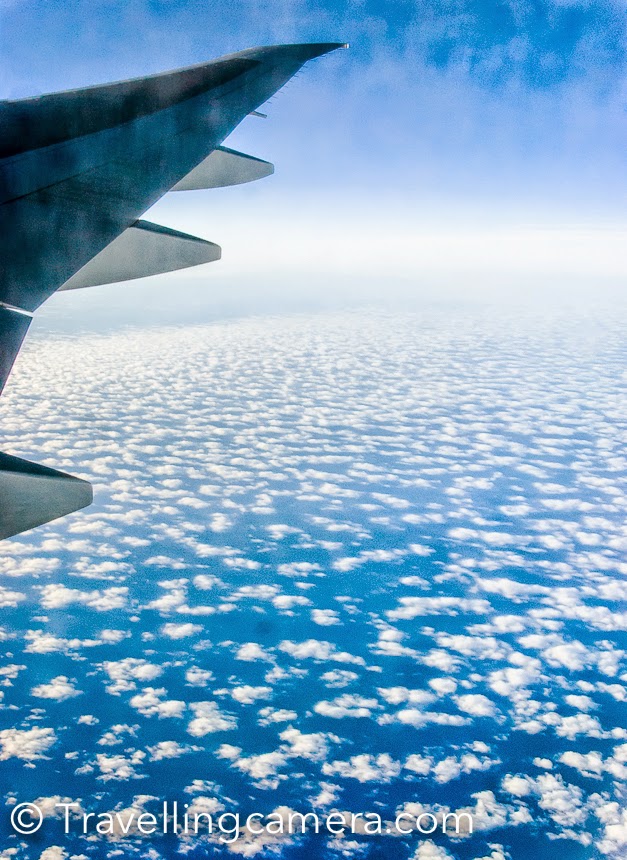India is the seventh largest nation in the world with a population spanning billions. Urban growth has intensified and along with it, so have the public transportation systems.
Mega cities Delhi, Mumbai and Kolkata are among the largest in the world in terms of population. Rail and road travel account for a majority of public transportation in India. Economic growth has been followed by the advent of technology, and along with it, new innovations such as the monorail and the sky bus.
With lots of low cost carriers, Indian aviation has also seen a rise in the number of commuters. From the Jawaharlal Nehru Urban Renewal Mission to road development, several policy initiatives have taken place to change the way people use public transport in India. Several cities have started luxury bus services with improved quality of service to mitigate congestion and pollution levels. Metro and monorail services are now available and several Indian cities have also taken up the BRTS (Bus Rapid Transit System). Also on the anvil is the sky bus.
Systematic Growth of Public Transport
Transportation in India has recorded a considerable growth in terms of spread of network and output of the system. India has one of the largest rail and road networks in the world. It has many national and state highways as well as district and village roads. About 90 percent of the nation’s commercial cargo is transported by ships. India has the largest merchant shipping fleet among developed nations and around 12 major ports and 200 non major ports. India also has 14,500 km of navigable waterways including rivers, canals, backwaters and creeks where boats and ferries ply. Some of the most scenic areas where inland water transport systems operate include the Kerala backwaters, inland waters in Mumbai and the Ganga and Hooghly river systems.
Train
Train travel is an unforgettable experience in India. With the exception of certain Northern and NE states, rail network covers almost every part of India. Three types of passenger trains in India are the super fast, local passenger and inter-city/express mail. Toy trains also carry tourists across short distances in hilly terrains. Rail fares are calculated for the specific distance travelled. Luxury tourist trains are another innovation for tourists and passengers to enjoy the different parts of India and explore its unique cultural heritage.
Aviation is one of the most well developed means of public transport in India, for international tourists and domestic passengers alike. Long carriers generally have flights spanning vast distances while domestic airlines help passengers to reach local destinations. The number of domestic airlines is on the rise with latest additions such as Vistara and standard, well known airlines such as Go Air, Indigo and Jet Airways.
Governments in the state run bus services but private buses are also available. From the deluxe and the sleeper to the low floor Volvo buses, there are many choices for the modern day commuter. The famous BEST buses of Mumbai and the ubiquitous DTC of Delhi are well known faces of public transport in india. Over 90 percent of in Indian commuters use this form of public transport. Following liberalisation, private owners have also entered bus
service businesses and offer better quality of rides.
From the backwaters of the southern state of Kerala to the shikaras in J&K and the ferry services across Andaman and Nicobar Islands or the states of Bihar, UP or West Bengal which have major riverine systems, there are many choices for commuters who want to travel this way.
Auto Rickshaw/Cycle Rickshaw/Taxi
India’s public transport system is the most heavily used in the world. The annual production of over 4.6 million vehicles aside, even public infrastructure is growing at a rapid rate. Cycle rickshaws were introduced in the 1940s and are still considered the best way to get across old Delhi. Autorickshaws are the more modern counterpart. Taxis can be hailed or hired from cab stands and in some cities, over the phone. Since 2006, radio taxis have become increasingly popular due to factors such as safety and convenience. There are additional surcharges for late night travel, toll taxes and luggages apart from a fitted meter in most cabs.
Suburban Rail and Metro
Currently, suburban railway services operate in 4 metro cities- Delhi, Chennai, Kolkata and Mumbai. Mumbai’s suburban rail system was the first in the country and it commenced operations in the 1860s. It carries 6.3 m passengers every day. It has the highest passenger density in the world. Regional rail networks are also a critical part of the public transport system of Indian cities. There are dedicated suburban lines for trains as well as lines for long distance trains, though in some cities, both operate simultaneously. For cheap, easy and rapid commuting, Metro has also been introduced in leading cities of the country.
Conclusion
With the growth of public transport in India, there has been an equally rapid transformation in the way people commute. With the advent of smartphones enabled with public transit apps and technology helping public transport systems to grow by leaps and bounds, the modern commuter or tourist in India can use tech savvy means to stay ahead and travel smart. India has grown in terms of its public transport infrastructure, and as more modes of transport become available, Indian commuters are now mobile across vast distances. Urban mobility and public transport systems have seen a sea change and the Indian commuter is not far behind.
Author Bio
Ravi Khemani, the CTO and Co-founder at Ridlr , a mobile application for making public transit easier. He has been a part and parcel of the organisation even before its inception in May 2010. He holds a Masters degree from the University of Missouri, Kansas (UMKC), United States. When Ravi returned to India, he noticed that there was no way for commuters to know alternate routes to reach their destination faster, unlike in the States where he was used to seeing live traffic information on the GPS and this gave birth to the idea of Ridlr. Ravi’s hobbies include reading about Tech/Algorithms, Learning and Programming new tech, and traveling to scenic places.
If you liked this post and found it helpful, I would request you to follow these things when traveling -
- Manage your waste well and don’t litter
- Use dustbins. Tell us if you went to a place and found it hard to locate a dustbin.
- Avoid bottle waters in hills. Usually you get clean water in hills and water bottles create lot of mess in our ecosystem.
- Say big no to plastic and avoid those unhealthy snacks packed in plastic bags. Rather buy fruits.
- Don't play loud blaring music in forests of jungle camps. You are a guest in that ecosystem and disturbing the locals (humans and animals) is not polite



.jpg)





.jpg)
Comments